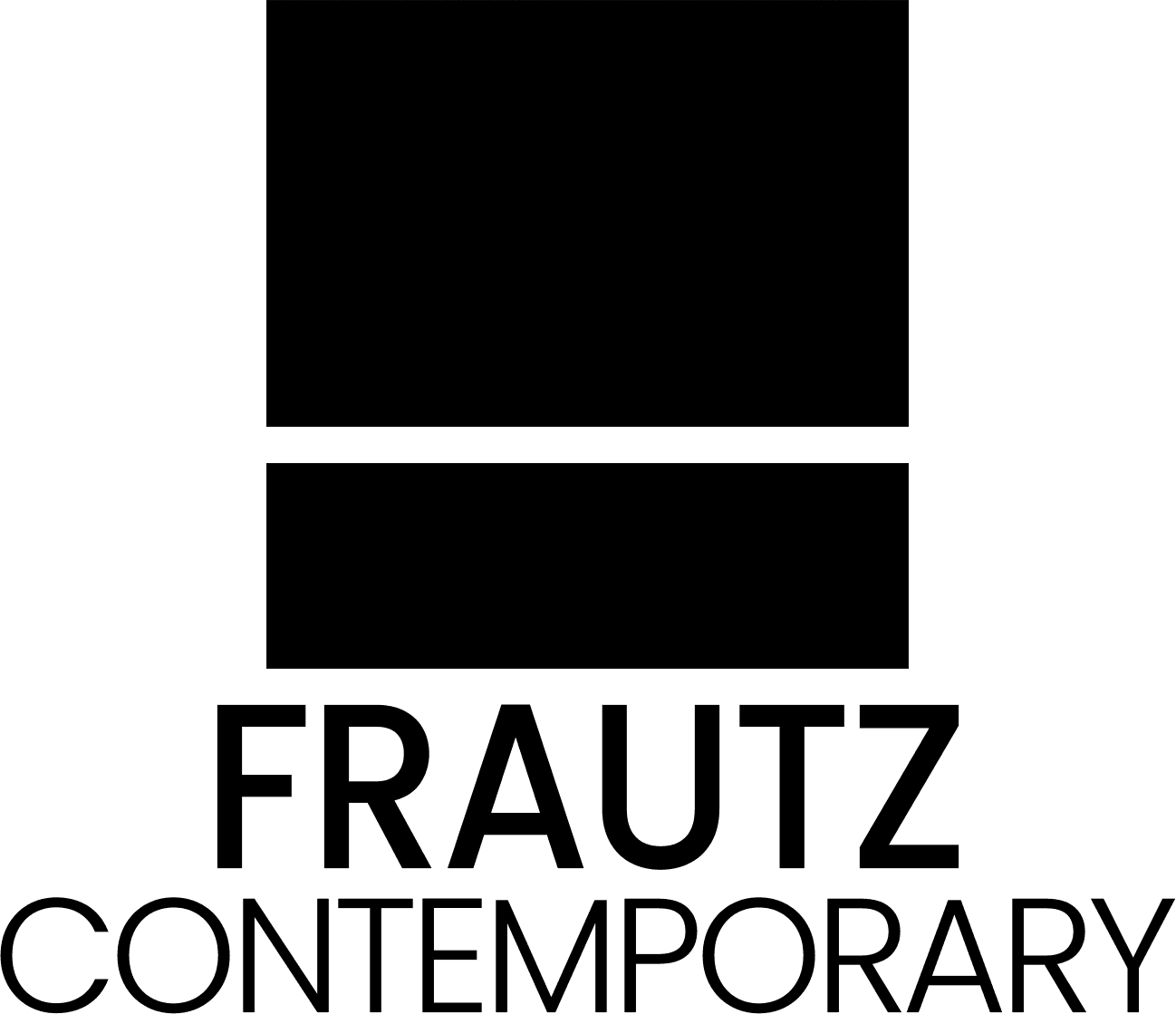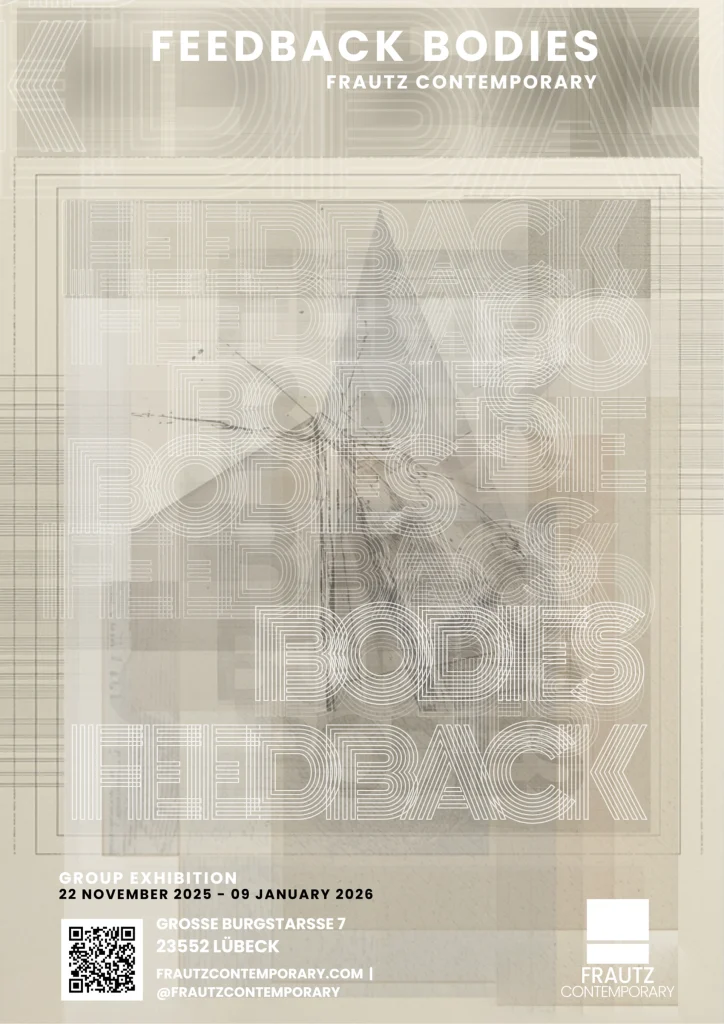Feedback Bodies proposes an exhibition of works situated in a process-based material field- practices in which form emerges through iterative operations rather than fixed categories of medium. Drawing on ideas of feedback and self-regulation, embodiment, and contemporary material theory, the exhibition foregrounds processes in which an action conditions its successor and remains legible as trace. Here, “bodies” names three interlocking agencies: human bodies (gesture, attention), material bodies (surfaces, joins, resistances), and technical bodies (tools, devices, procedures). Across diverse media, the works share a processual coherence: each articulates a compact cycle of cause, effect, and return in which outcomes reshape subsequent decisions. The result is an ecology of practice in which translation – between touch and technique, sensation and system – becomes the site of meaning. Rather than demonstrating media difference, Feedback Bodies reads material operations as discursive ones: forms think through their making, and the traces of adjustment, latency, and response are not by-products but the very content of the work.

